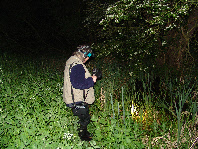
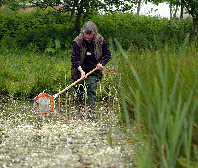
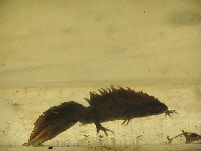

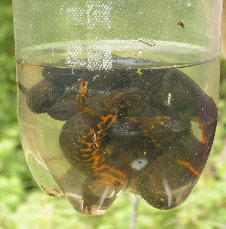
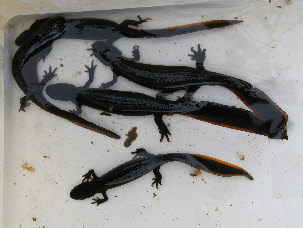

Pond & Habitat Surveys
EPS Licence Applications
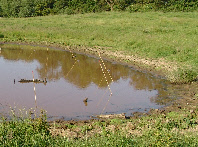
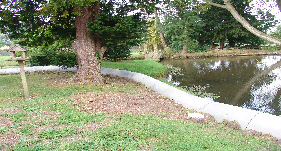
If the development is within 250 to 500 metres of a known Great Crested Newt pond, particularly if there is a pond on the development site, the planning authority is likely to ask for newt survey and/or an assessment of the habitat.
Great Crested Newts are an EPS species. Additionally the legislation requires planning officers to have regard to great crested newts as well as their habitat when deciding an application.
The assessment of the habitat can be conducted at any time of year. However, surveying ponds can only take place once the newts have returned to the water to breed, normally between March and early June since the newts are terrestrial for the remainder of the year.
Best practice guidelines indicate that a minimum of 4 separate surveys should be undertaken to prove absence if the water body and habitat are suitable.
If newts are present and would be affected by the development then once planning has been granted an ‘EPS’ licence issued by Natural England will be needed prior to works. In order to gain this licence a minimum of 6 separate surveys, 2 of which must take place in May must have taken place. Trap out of Newts must be completed before the first frost in October since they hibernate at this point and cannot be caught.
There are therefore timing constraints that the management of the project needs to take on board as early as possible. This may need to be 12 months before the projected start date of the construction works








